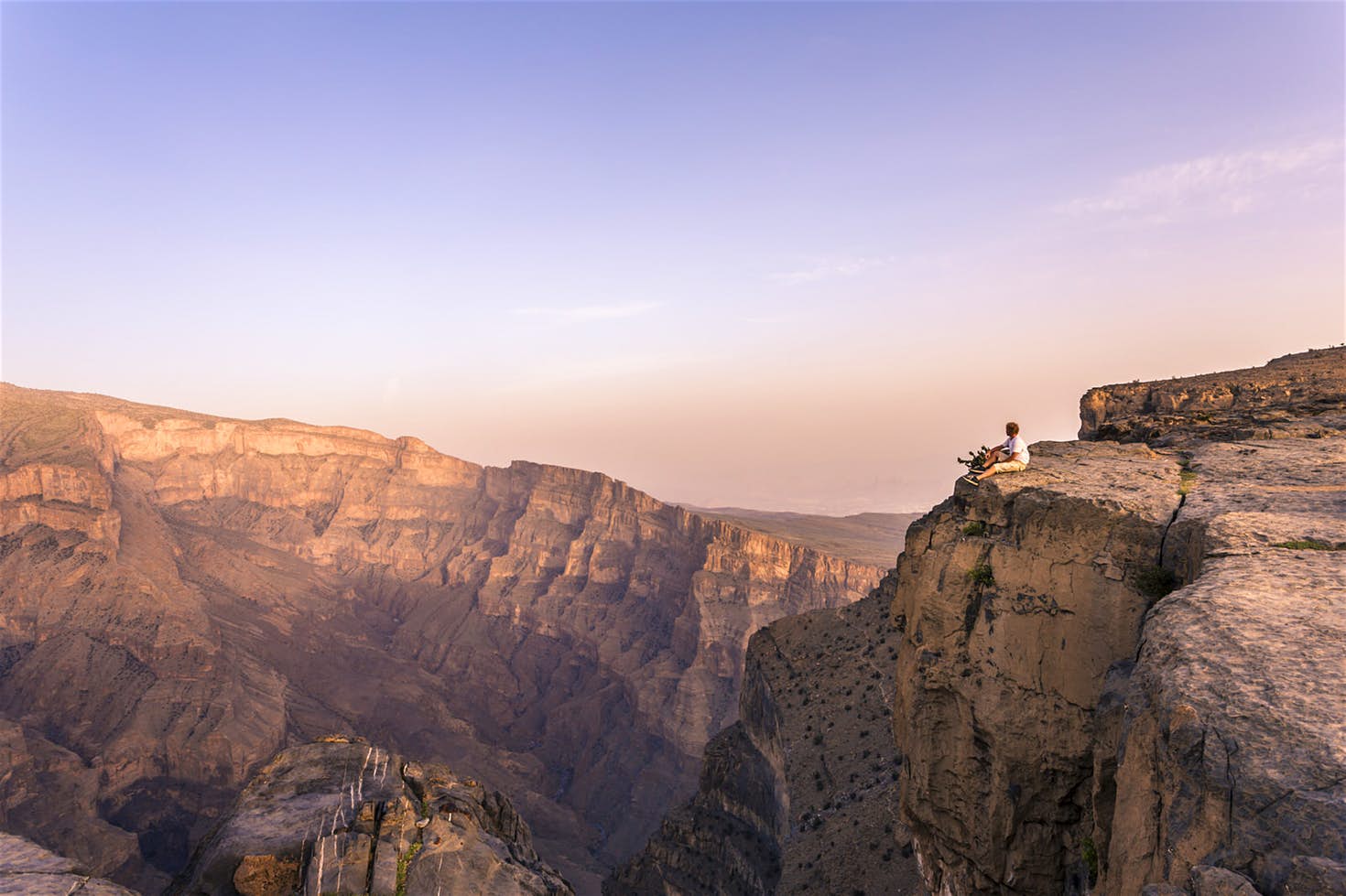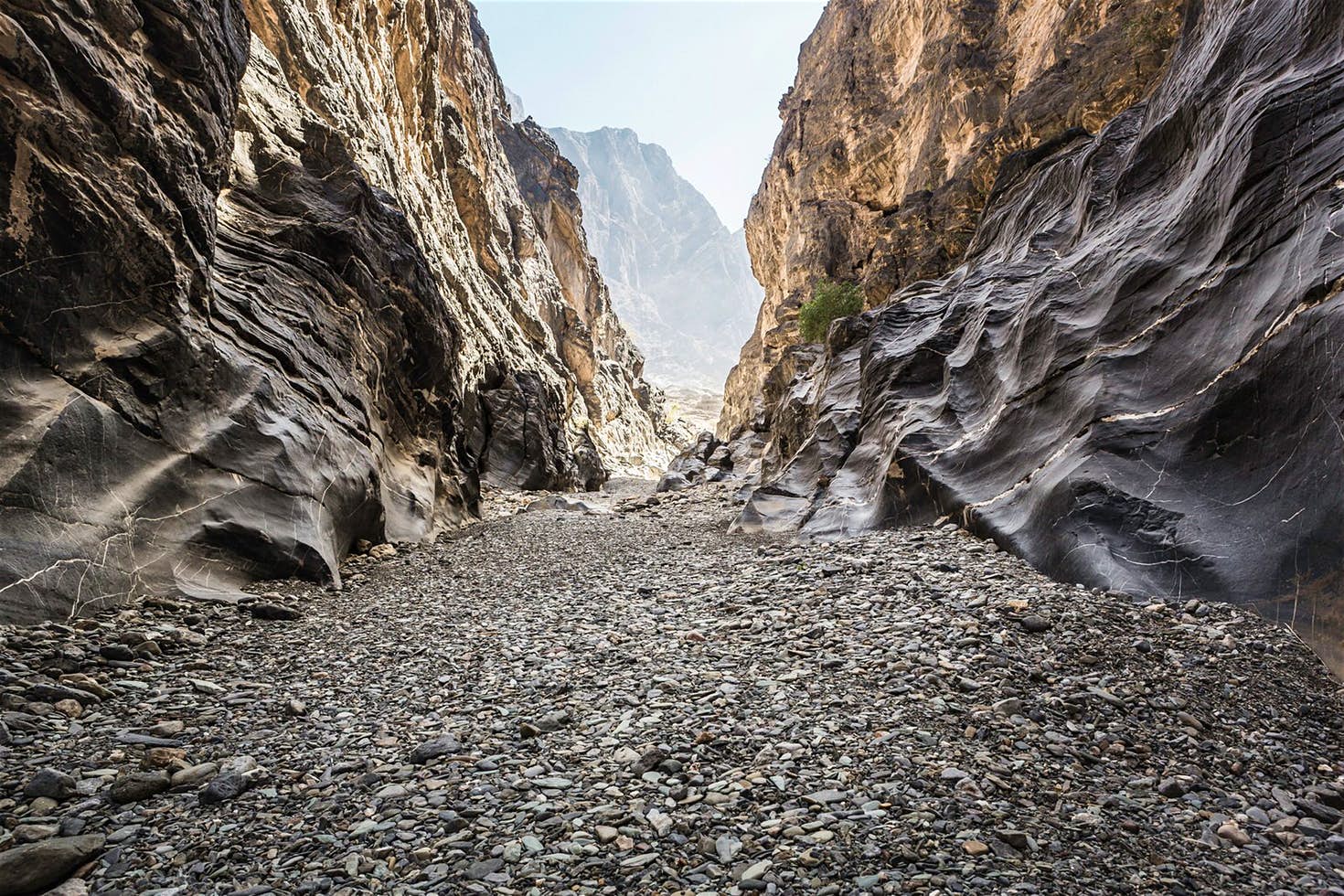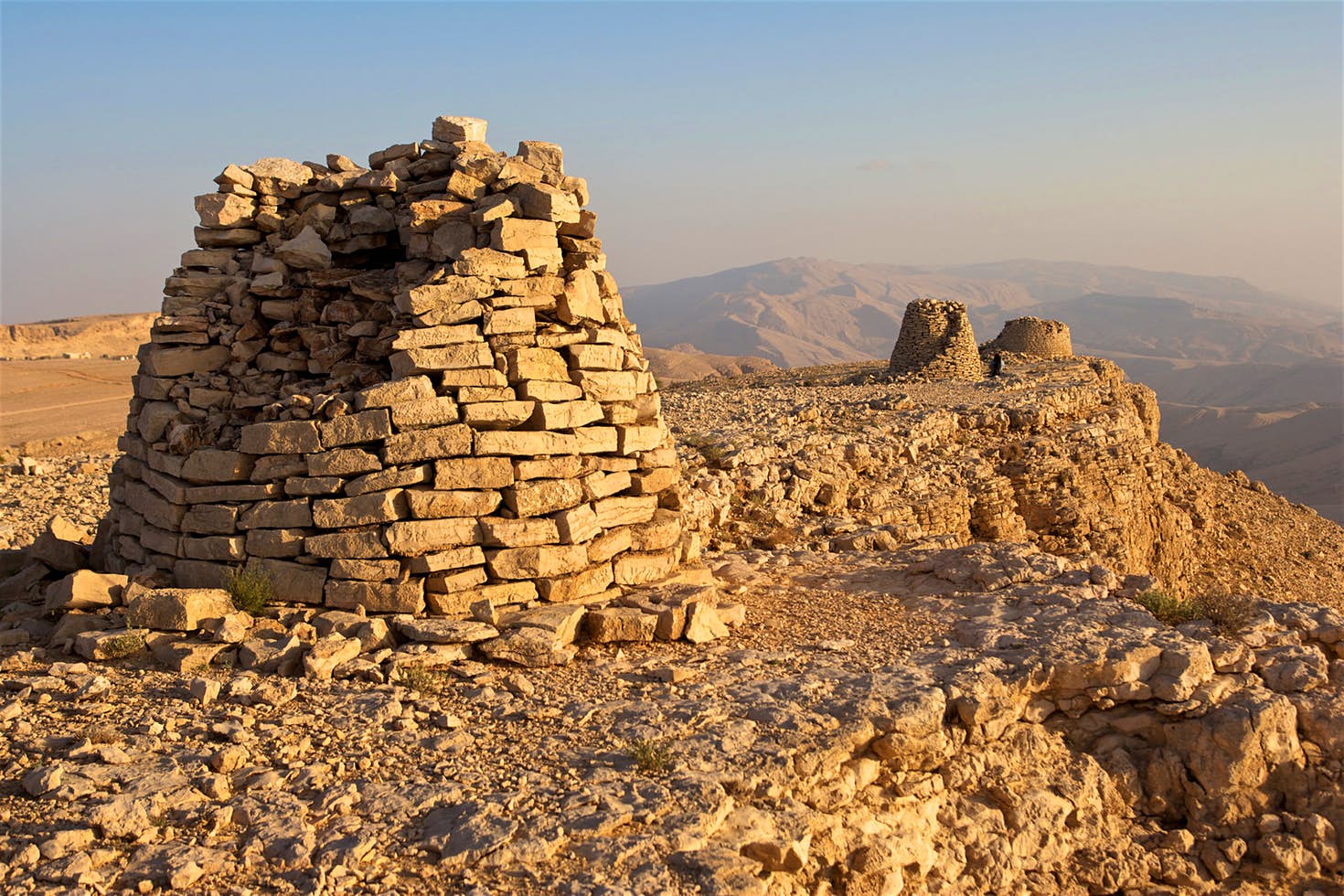From the world’s largest sandy deserts to endangered sea turtles, large baobab trees, and ancient pillows, the Sultanate of Oman has an abundance of natural wonders that are easy to explore and surprisingly inexpensive.
Ghoul Valley, Grand Canyon in the Arab countries
Closing this magnificent valley above the southern slopes of Jabal Shams and overlooking a summit in the rugged Hajar Mountains in Oman, I discovered the valley elements so deep and amazing that it was called the “Grand Canyon of Arabia”. The alternating strips of resistant limestone and narrow seats of softer shale formed the deep walls of this 1,000-meter-deep deep corridor, the depths of which can be seen from the astonishing balcony balcony, a 6-kilometer trip back and forth that begins at the end of the bumpy road to the snout and ends at A strange village abandoned by its residents in the seventies.
The mantle of the land in Muscat

Muscat’s lively façade is characterized by a rugged hillside whose dark brown color contrasts starkly with the traditional white buildings and the blue Indian Ocean waters. These rare rocks include a piece of earth’s mantle that was pushed on top of the Arabian Peninsula through a huge circular series of mountains that reshaped the region 90 million years ago. The walls of the majestic Motra Castle built by the Portuguese adventurers in the late 16th century descend on these hills, while the Watchtower is 1.5 km east of the city.
Snake strait

The main valley path in the Arabian Peninsula slips through a very slender opening where the walls are almost stuck together, the strait begins at the rock a few meters from the road through the Bani Awf Valley near the prosperous balconies of the land of Sanad. To complete a 3 km trip, participants are required to swim, jump and climb mountains and large rocks in the shadow of the smooth and polished limestone walls through frequent flash floods.
Hotta Cave
The historic Houta Cave is located a few kilometers west of Hamra, and can be reached via the entrance to the hills by riding a short electric train. The 45-minute organized tours explore the first 500 meters of the rectangular cave that has been draining groundwater since the 95 million year-old limestone rocks. The humid underground environment hosts a fragile ecosystem, which is home to faded molluscs, snails and faded beetles, and a special type of blind cave fish that are found only in an area of 10 square kilometers on the southern slopes of Jabal Akhdar.
Beehive cemeteries

Floating on a hill in the shadow of the slopes of Mount Misht, which is one of the best rock climbing slopes in the Arabian Peninsula, it is a line of beehives tombs that were built by the people of the region in the Bronze Age between two and three thousand years BC. The 7-meter-high domes were built of sandstone blocks filled with desert deposited on the sea floor more than a quarter of a billion years ago. These graves, which are located above the village of Al Ain, are one of the most complete settlements in the world since the third millennium BC.
